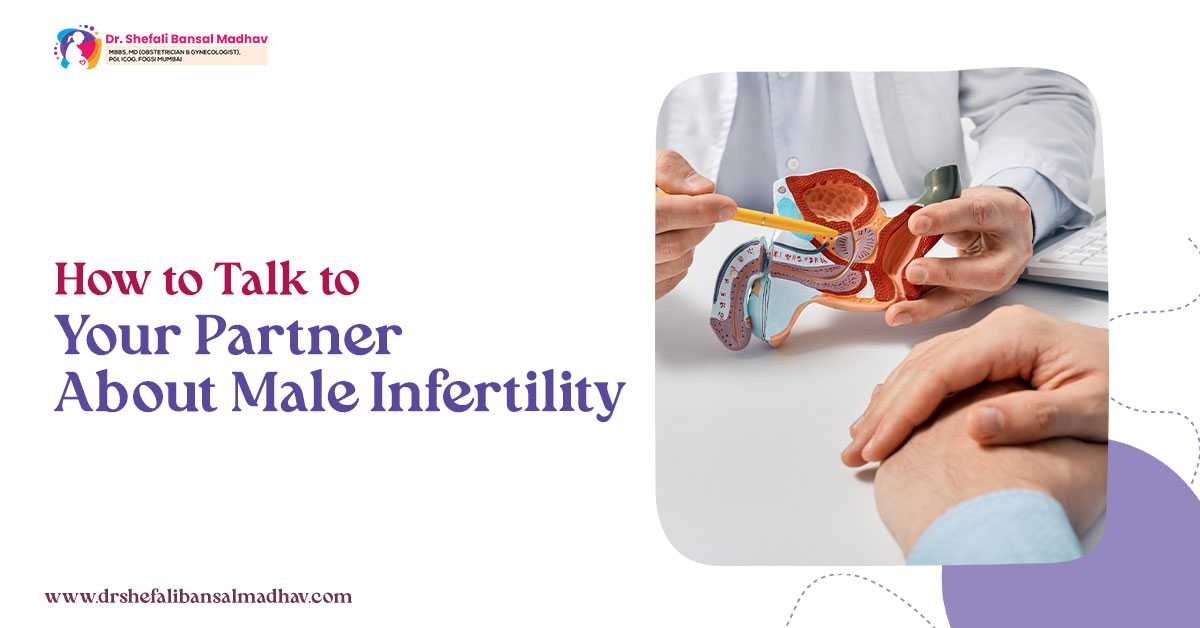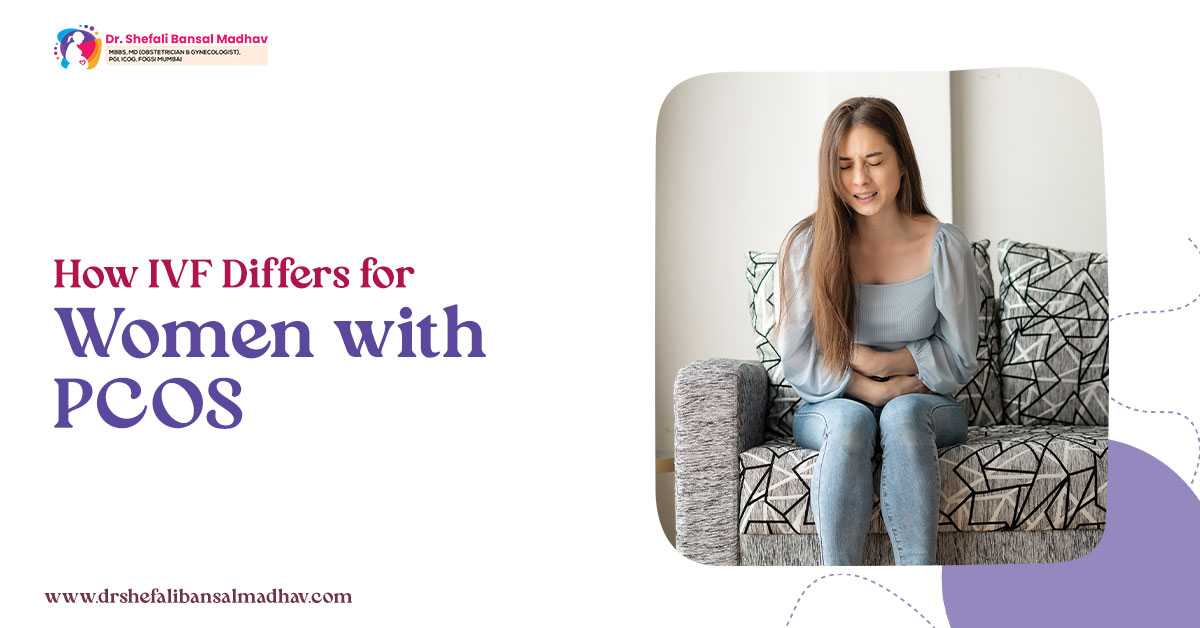Thinking about IVF but unsure what to expect? The journey of IVF (In Vitro Fertilization) can feel both exciting and overwhelming. From consultations to embryo transfer, each step may seem confusing or intimidating. Understanding the process in simple, clear language can make it less stressful and help you feel more confident. If you’re looking for the best IVF doctor in Siliguri, this guide walks you through a typical IVF cycle timeline so you know exactly what to expect.
The Different Steps to Follow: A Complete Guide to the IVF Cycle
Step 1: First Consultation – Understanding Your Fertility Journey
The IVF journey begins with a detailed consultation with a fertility specialist. This meeting allows you to share your medical history, previous fertility treatments, and plans for starting a family. During the consultation, the doctor reviews your overall health, menstrual cycle, and any fertility challenges you may have experienced. Basic fertility tests, such as blood tests to check hormone levels, ultrasounds to examine the ovaries and uterus, and in some cases, sperm analysis, may be performed. The doctor will explain the IVF process step by step, ensuring you understand what to expect. This consultation is essential because it helps create a plan tailored specifically to your needs. Feeling nervous is natural, so it can help to take notes or bring a companion for support.
Step 2: Ovarian Stimulation – Producing Multiple Eggs
After the consultation, ovarian stimulation begins. Normally, the body releases one egg per cycle, but IVF works better when multiple eggs are available. Fertility medications are prescribed to stimulate the ovaries, and these are usually given as injections. Your doctor will monitor your progress with regular blood tests and ultrasounds to check the growth and development of your eggs. This phase generally lasts between 8 and 14 days, and mild side effects such as bloating, tenderness, or mood changes are common. Following the medication schedule carefully is important, as timing plays a key role in egg quality. Producing multiple healthy eggs increases the chances of having viable embryos for the next stage.
Step 3: Egg Retrieval – Collecting Eggs Safely
Once your eggs have matured, they are collected through a minor procedure called egg retrieval, performed under light anesthesia. A thin needle is used to extract the eggs from the ovaries through the vaginal wall. The procedure usually takes 15 to 30 minutes, and most patients can go home the same day. Mild cramping or spotting afterward is normal, and most people recover within a day or two. Having someone accompany you after the procedure can be helpful since you may feel a little drowsy. Collecting healthy eggs is crucial because these eggs will later be fertilized to create embryos. Each egg represents a new opportunity for a successful outcome.
Step 4: Fertilization – Combining Eggs and Sperm
On the day of egg retrieval, sperm is collected from your partner or a donor. The eggs and sperm are then combined in the laboratory to allow fertilization. This can happen naturally through traditional IVF, or a single sperm may be injected directly into an egg using a method called ICSI, often recommended when sperm quality is low. Once fertilized, the eggs develop into embryos, which are closely monitored for growth. Not all eggs fertilize, and this is normal, as quality and timing influence the results. Fertilization is an essential step that leads to embryo development and prepares the way for implantation in the uterus.
Step 5: Embryo Growth – Nurturing the Embryos
After fertilization, the embryos are cultured in a laboratory for three to five days. During this time, they develop into blastocysts, which are more likely to implant successfully in the uterus. Embryologists monitor the embryos to select the healthiest ones for transfer. Some embryos may develop faster than others, and not all fertilized eggs become strong blastocysts, which is entirely normal. The quality of embryos is important because it significantly impacts the chances of a successful pregnancy.
Step 6: Embryo Transfer – Placing the Embryo
The embryo transfer is the moment most people anticipate. During this simple procedure, the selected embryo is gently placed into the uterus using a thin catheter. Most patients experience little to no discomfort, although mild cramping is common. After the procedure, rest is recommended, and heavy physical activity or strenuous work should be avoided for a few days. This step is where all preparation comes together, giving the embryo the best opportunity to implant and grow. Staying calm and maintaining a relaxed environment can help support this stage.
Step 7: Supporting the Uterus – Hormones and Care
After embryo transfer, hormone support, usually progesterone, is provided to help prepare the uterus for implantation. These medications are typically continued for about two weeks until the pregnancy test. Mild side effects, such as bloating, breast tenderness, or fatigue, can occur. Maintaining a healthy lifestyle, eating nutritious food, and resting properly help the uterus stay in optimal condition for implantation. Hormonal support ensures that the uterus is ready to accept the embryo, giving it the best chance to grow.
Step 8: The Two-Week Wait – Patience and Hope
The period between embryo transfer and the pregnancy test is often called the two-week wait. It can be an emotional time, and feelings of anxiety or impatience are common. Focusing on light activities, self-care, and emotional support from family or friends can make this period more manageable. Every person’s body responds differently, so it is important not to compare your experience with others. Staying emotionally balanced helps you navigate this stage with more hope and positivity.
Step 9: Pregnancy Test and Beyond – Knowing the Outcome
About ten to fourteen days after the embryo transfer, a blood test confirms whether the embryo has successfully implanted. If the result is positive, the doctor will provide guidance on prenatal care, monitoring, and next steps for pregnancy. If the result is negative, it is natural to feel disappointed, but IVF can be repeated, and adjustments can be made in the next cycle. Having guidance from an experienced fertility team makes the process easier to understand and navigate. For those seeking reliable care, consulting Dr. Shefali Bansal Madhav, the best IVF doctor in Siliguri, can provide expert support throughout the IVF journey.
Final Thoughts
The IVF cycle timeline may feel long and complicated, but knowing what to expect at each stage can make the process much easier. From the first consultation to embryo transfer, every step has a purpose and is designed to maximize your chances of success.
Every journey is unique. Some people may move quickly through each stage, while others require small adjustments. The key is communication, patience, and support, both from your medical team and your loved ones.
With the right knowledge, preparation, and care, the IVF process becomes less intimidating and more hopeful. Each step is progress toward your dream of starting or growing your family.
For expert guidance and a compassionate approach, consult Dr. Shefali Bansal Madhav, one of the best IVF doctors in Siliguri, to begin your IVF journey with confidence.
Comments (0)





